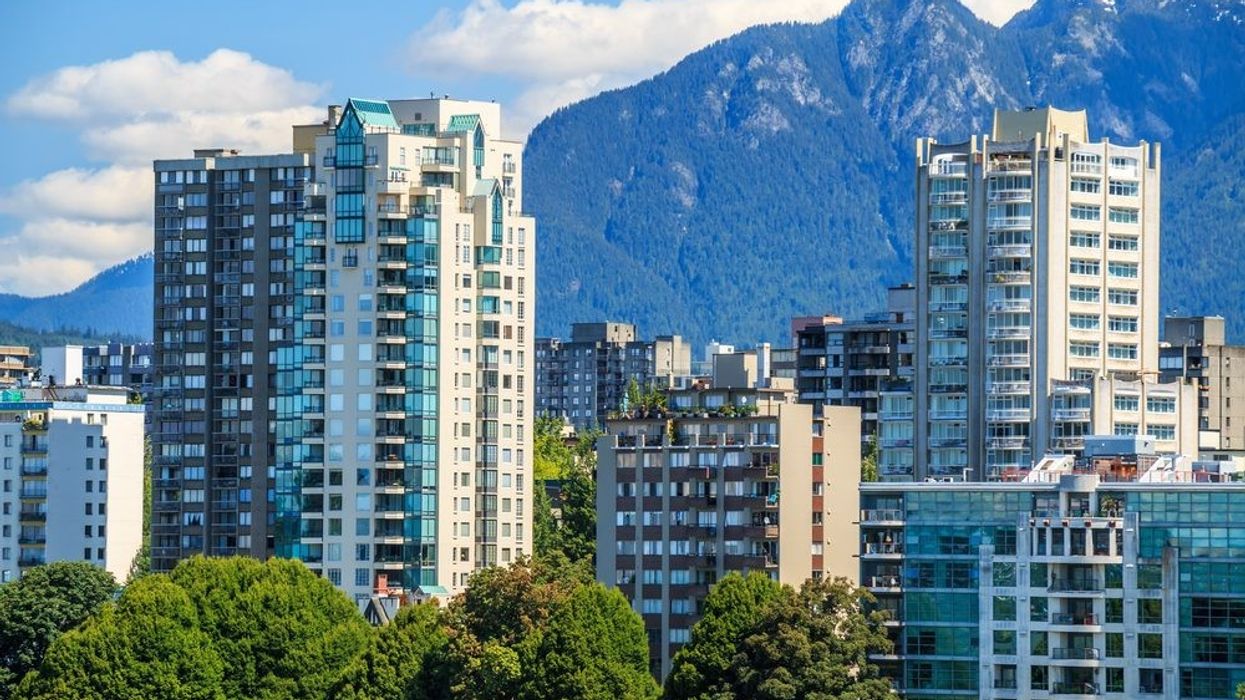As inflation and interest rates continue to climb, Canadians are facing a higher cost of living across the board. Unfortunately, lack of affordability has already trickled into essential expenses, housing included.
According to a new National Rent Report by Rentals.ca and Bullpen Research & Consulting, the average rent for all Canadian property types was up 9.5% to $1,885 in June compared to the same time last year. Although that average is up year over year, it's down month over month, but only by a minuscule 0.2% ($3). Additionally, June’s average rent is still 3.5% lower than it was pre-pandemic.
"The monthly dip can be attributed to a decline in Quebec, as rents in B.C., Alberta, Ontario and Nova Scotia all experienced increases in average rent from May to June," said Ben Myers, President of Bullpen Research & Consulting. "Despite data showing the share of employers returning to the office has stalled after a year of steady increases, average rents in Canada’s largest cities are still surging, with condominium and rental apartments seeing rents jump 26% annually in Calgary, 25% annually in Vancouver and 20% annually in Toronto."
Vancouver had the highest average monthly rental rate in Canada -- $2,936 -- in June. According to the National Rent Rankings, a one-bedroom rental in Vancouver is $2,412, up 1.47% MoM and 19.17% YoY. A two-bedroom is $3,597, up 2.92% MoM and 26.48% YoY.
One slot down in the rankings is Toronto, with an average monthly rental rate of $2,463. A one-bedroom rental in the city is $2,192, up 2.77% MoM and 18.49% YoY, while a two-bedroom is $3,115, up 3.76% MoM and 23.37% YoY.
And if you're assuming that spending the bulk of a paycheque on rent might equate to square footage, think again. The report also notes that both Vancouver and Toronto have some of the smallest average unit sizes in the country, at 743 and 706 sq. ft respectively.
Although Toronto takes home the title of most expensive city to rent in in Ontario, more than a dozen other Ontario cities reported double-digit YoY rent increases for one-bedroom units, two-bedroom units, or both.
From a provincial standpoint, British Columbia, Ontario, and Nova Scotia had the highest monthly rents in June -- $2,456, $2,232, and $2,177 respectively. Nova Scotia's rent spike can likely be attributed to interprovincial migration. To top it all off, even provinces that are known for being affordable, such as Saskatchewan and Alberta, are experiencing monthly and annual rent inflation. In other words, you can't run -- or even fly -- away from the rising rental rates.
After rental popularity declined during the pandemic, it's not a shock that the rates are coming back up on par with economic recovery, but the situation is troubling when you consider the 'why' behind it all.
Canada's housing market is chronically undersupplied, supply chain issues remain persistent, and immigration levels are on the rise. Those factors, coupled with high inflation and today's interest rate hike, mean that bank-account-emptying rental rents are likely here to stay.





















